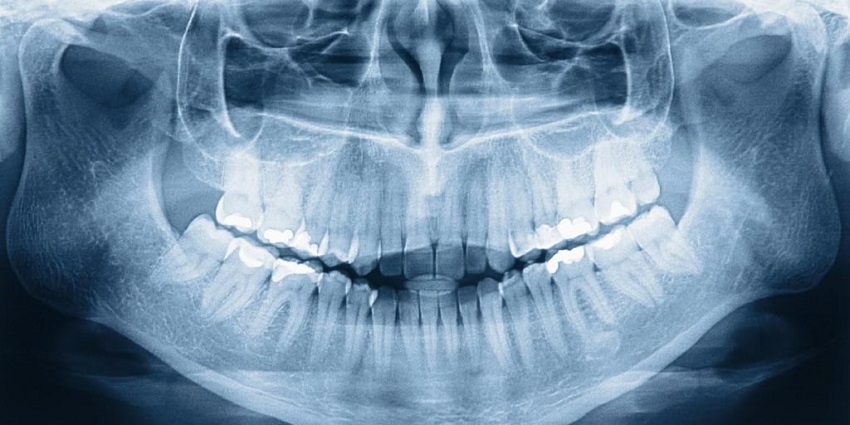
Dental imaging is one of the essential elements of a dentist’s operation in Australia. Over 90% of adults in the country have experienced tooth decay or similar ailments at some point in their life. This has allowed companies such as carestream in Australia to establish a pretty expansive catalogue of dental imaging equipment in the country. But what exactly is dental imaging, and how does it help dentists? Read on to find answers to the question.
What is Dental Imaging?
Dental imaging technology allows dentists to obtain more detailed imagery of the teeth, tissue, nerves, and bones inside the mouth. This is essential for dental practitioners because an oral examination alone does not provide a comprehensive picture of a patient’s dental health. Moreover, dental imaging allows for a more accurate diagnosis of ailments. These images can be stored digitally for later comparison.
Types of Dental Imaging
While there can be several types of dental imaging, they are divided mainly into two types.
1. Intraoral X-rays
Intraoral X-rays are the most prevalent form of dental X-ray. These X-rays show a detailed view of the mouth. Companies such as carestream in Australia produce excellent handheld intraoral X-ray machines. Specific intraoral X-ray machines can also be mounted on the wall. They allow the dentist to perform a wide variety of functions, such as,
- Detect cavities
- Examine the condition of the tooth root
- Examine the bone around the tooth
- Assess the status of growing teeth
- Monitor the overall dental health and jawbone
However, different intraoral X-rays are used on distinct parts of the mouth. Hence, Intraoral X-rays are of three types.
1. Bitewing X-rays
Bitewing X-rays are used to identify bone density changes caused by gum disease, tooth decay, the fitting of the dental crowns, restorations, and the marginal integrity of tooth fillings.
2. Periapical X-rays
Periapical X-rays indicate bone loss around each tooth. Furthermore, they diagnose root structure and adjacent bone structure issues.
3. Occlusal X-rays
Occlusal X-rays show the whole arch of teeth and complete tooth growth and location.
2. Extraoral X-rays
Extraoral X-rays display teeth but are more concerned with the jaw and the skull. These are X-rays that lack the precision of intraoral X-rays. Hence, they are not used to detect cavities or diagnose abnormalities. Extraoral X-rays can be of several types, such as,
- Panoramic X-rays: Panoramic X-rays capture the whole mouth in a single image.
- Tomograms: These display a portion of the mouth and blur away the rest of the layers.
- Cephalometric projections: Cephalometric projections create an overview of the entire head concerning the jaw and profile.
- Sialography: Sialography utilises a salivary gland dye that can be seen on X-ray film.
- CT scans: CT scanning examines 3D inner structures to detect cysts, tumours, and injuries.
- Cone Beam CT: These produce a three-dimensional picture of dental structures, soft tissue nerves, and bone.
Wrapping Up
Dental health is a vital part of an individual’s overall health. Therefore, companies like carestream continue to produce incredible high-tech machinery that can improve your experiences at the dentist’s office. You can get their advice when it comes to product maintenance and service support. In addition, these pieces of equipment also make diagnosis easier and way more accurate making the doctor’s job much more manageable. All while allowing peace of mind knowing that one will receive appropriate treatment.
